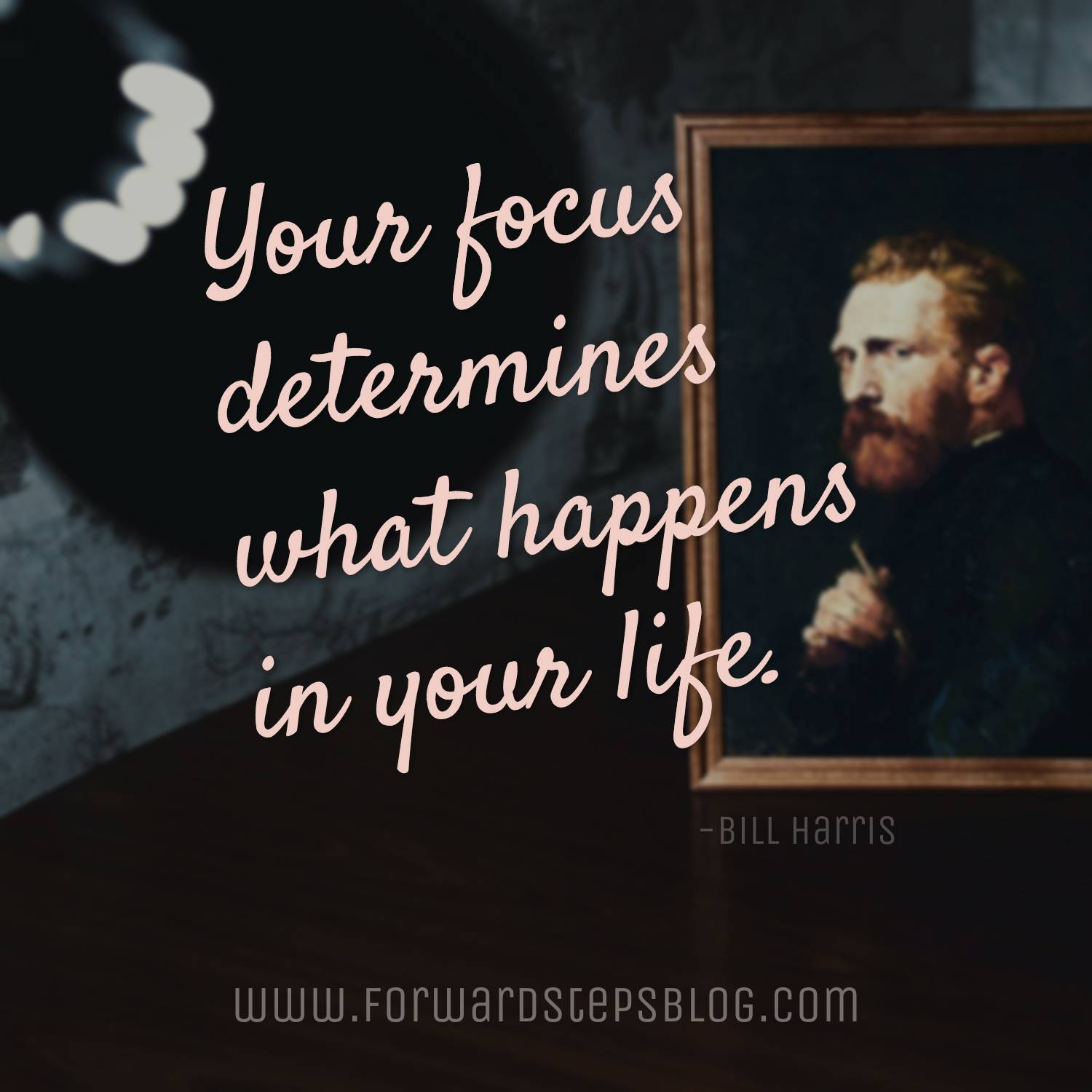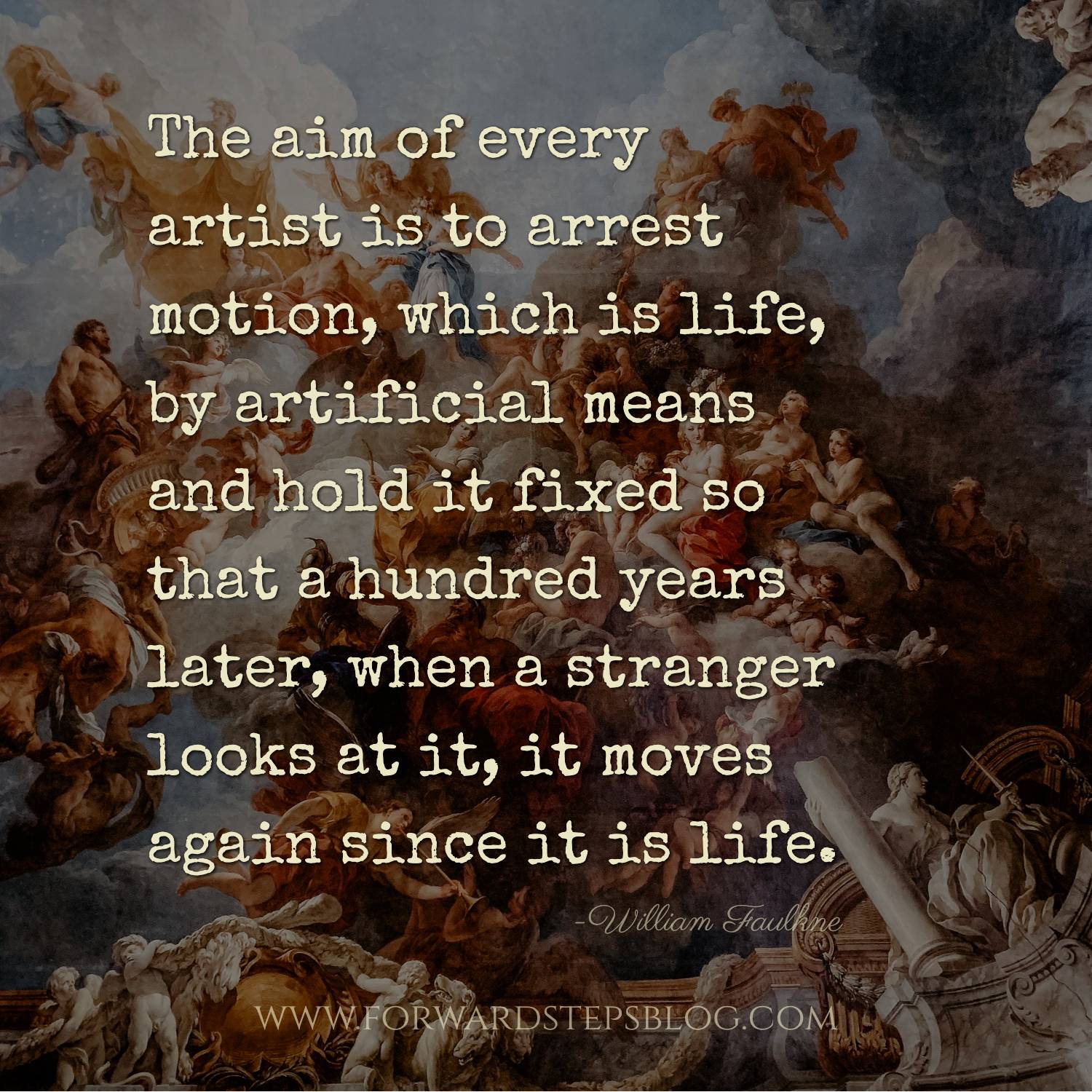
Some of you might be aware that, after my teaching career, I became an artist, sold several works and managed an art gallery for a couple years.
I’m also Dutch and love the work of Vincent Van Gogh, having seen a self portrait at the Rijksmuseum in Amsterdam. If you get a chance, watch the 2018 movie “At Eternity’s Gate” about Vincent. It’s really well done.

 The video above is beautiful too. Years ago, I’d been to a Don McLean concert at the Palais Theatre in St Kilda and heard him sing Vincent, live. Wonderful!
The video above is beautiful too. Years ago, I’d been to a Don McLean concert at the Palais Theatre in St Kilda and heard him sing Vincent, live. Wonderful!
So, when I read this article by Ryan it was very special to me and brought back so many memories. I asked him if I might share it here for you.
Enjoy Ryan’s gift to you…
There’s something magical that happens when you experience truly profound artwork. I’m talking about the kind of artistic masterpiece that makes you feel an upswell of emotion, gain an epiphany, or even contemplate society.
The resulting sensation could be evoked from the masterful brushwork on a painting, the lifelike beauty of a sculpture, a heartstring-pulling piece of music, or even a poem that gives you goosebumps.
If you could sum up that experience in one word, you might call it …inspiration!
And now for the first time, scientists believe that they may have found a new clue to the actual processes that happen in the brain when we experience this sensation:
Our brains react to the art and emit certain brain waves.
The Brain Waves of Inspiration
Scientists at the Breda University of Applied Sciences and Tilburg University in the Netherlands, as well as the Max Planck Institute for Empirical Aesthetics (MPIEA) in Frankfurt, Germany conducted a series of experiments on subjects whose brains were being monitored by an electroencephalography (EEG) cap.
During the experiments, these subjects were shown pieces of artwork, and then were asked to rate how appealing the art piece was to them.
The result?
The more appealing a work of art, the more gamma brain waves were created!
The more appealing a work of art, the more gamma brain waves were created! -Ryan Standifird Share on X
What’s more, these waves weren’t created right away.
It actually took a second or two for the viewer to process the image and extract the underlying meaning behind it.

 It’s that deeper meaning that scientists believe is the cause of these brain waves, which leads to the conclusion that this phenomenon is tied to processing and interpreting this deeper, complex meaning.
It’s that deeper meaning that scientists believe is the cause of these brain waves, which leads to the conclusion that this phenomenon is tied to processing and interpreting this deeper, complex meaning.
“We don’t just passively perceive art, but engage in a process of discovery that can last several seconds,” said Edward A. Vessel, research associate at the MPIEA and co-author of the study.
“We try out different interpretations and meanings. This process takes time to develop, and can continue for many seconds as a viewer savors the feeling of engaging with art.”
The Benefits of Gamma Waves
At Centerpointe, we’ve known about the positive effects of gamma waves for some time. While they are rare to encounter on a daily basis or even in meditation, folks have been able to tap into these powerful brain waves thanks to (ad) Holosync technology.
Gamma waves have historically been shown to help people experience:
More tendency towards kindness and understanding
Enhanced peace and stability
Powerful feelings of oneness
Feelings of bliss and joy
Recent studies out of MIT have even shown that exposure to gamma waves resulted in reduced amyloid brain plaque in subjects. The accumulation of this brain plaque is believed to play a major role in the onset of cognitive disorders like dementia and Alzheimer’s.
And now we’re finding out that the brain creates gamma brain waves when it becomes inspired by art!
And now we’re finding out that the brain creates gamma brain waves when it becomes inspired by art! -Ryan Standifird Share on X
Our Brains React By Focusing on Extremes
During the artwork experiment mentioned above, the scientists made another interesting discovery:

 Alpha brain waves were also seen to spike on pieces of art that were… either very appealing or very unappealing!
Alpha brain waves were also seen to spike on pieces of art that were… either very appealing or very unappealing!
Alpha waves are the brain waves of focus and concentration, so their presence indicates that the more someone liked or disliked a piece of art, the more they focused on it.
It makes sense.
If we really like something, we focus on it and appreciate it.
But what some might find surprising is that… if we really dislike something, we also tend to focus on it.
Your Focus Creates Your Reality
The evidence of these alpha spikes when we interact with things that we really like and things that we really don’t like are echoed in how we live our lives.
Centerpointe’s late founder, Bill Harris, used to say:
Your focus determines what happens in your life. -Bill Harris Share on X
The problem is, as the data reveals, we don’t just focus on the good things.
In fact, we just as easily focus on the very bad – the worst things.
Why?
One theory proclaims that at some point in human development thousands of years ago, we learned that in order to increase our chance of survival, we needed to be able to identify potential threats.
So when we see something that really rubs us the wrong way, something that threatens our internal beliefs or challenges the way we believe the world should be.

 We focus on it in order to either figure out how to remove it from our lives or avoid it in the future.
We focus on it in order to either figure out how to remove it from our lives or avoid it in the future.
The problem here is that when we focus on things that we don’t want, we end up creating more of it in our lives!
In fact, you can even see this playing out in social media algorithms.
If you see a post come across your social media feed that really upsets you, you might be inclined to leave a comment rejecting the post and warning others about it.
But by interacting with the post at all, you’ve guaranteed that the social media algorithm will show you another post that’ll be very similar!
The more you focus on and give energy to the things you don’t want, the more of them you are going to see. Share on X
The same thing happens in your life. The more you focus on and give energy to the things you don’t want, the more of them you are going to see.
3 Tools to Direct Your Focus & Harness Gamma Waves
The good news is that there are ways to direct your focus, and you can even get some gamma wave stimulation going at the same time!
Tool #1
Surround Yourself with Art that Inspires Your Goals
Whether it’s a painting on a wall or a desktop background on your computer, there are plenty of ways that you can add more works of art to your life. But if you can find art that inspires your life in a certain direction, then you can strengthen your resolve towards a specific goal.
For example, one goal that I’m working towards right now is learning Korean. So, to keep me inspired, I found a few brilliant works of art by Korean artists and put them as rotating desktop backgrounds on my computer. Now when I use my computer throughout the day for work, I see a variety of powerful artwork that inspires me – triggering a release of gamma waves – and also reminds me of my goal.
Surround yourself with art that inspires your goals and get some gamma wave stimulation going at the same time! -Ryan Standifird Share on X
This technique also works with physical paintings or postcards, phone backgrounds, or even nostalgic photographs.
Tool #2
Make a Motivational Playlist
Music is another great way to harness the power of gamma and art to hone your focus towards your goals. There’s no shortage of inspiring and motivating songs – and everyone has their own meanings that they apply to the songs they like the best.

 So, why not create a customized playlist with your favorite, motivational songs that remind you of your goal?
So, why not create a customized playlist with your favorite, motivational songs that remind you of your goal?
This way, you can get inspired and motivated as you listen to your playlist, which increases your chances of continuing to work on your goals.
Tool #3
Meditate!
If you meditate daily (especially with (ad) Holosync) then you’ve got an advantage when it comes to being able to harness your focus.
That’s because meditation increases your awareness – including your awareness of what you’re focusing on.
This will help you keep your eyes on the prize as you pursue your goals and keep it off of distractions.
There are also meditations that stimulate the gamma brain wave state. Zen monks with decades of training under their belt are able to enter this state at will – a state described as “unrestricted readiness and availability to help living beings.” But with Holosync, you can gain access to the gamma state at the push of a button!
You can find (ad) gamma-based Holosync meditations in our Youthful Mind Suite, our new Painless, Calm & Free Suite, and in the Holosync Solution Program starting at Awakening Level 3.
Art and Life
Now that you know the hidden power of art, you can use it to more easily reach your goals. And you’ll do so while surrounded by your favorite paintings, photos, songs and poems.
I hope you realize that you, yourself, are also a beautiful work of art. -Ryan Standifird Share on X
And I hope you realize that you, yourself, are also a beautiful work of art. Every smile you give is a brushstroke, every helping hand is a new chisel in the sculpture, and every time you laugh, you are adding to your own harmonizing chorus. There is no doubt that you, too, inspire others.
So don’t give up on your dreams, I know you will reach them soon enough!
Contributed by guest author

 Ryan Standifird is a creative, self-driven individual looking for the opportunity to succeed in the entertainment, advertising, and writing industries. He is a freelance writer whose work can be seen on numerous websites. He lives in Portland, OR. Currently Ryan is the Mind Power Managing Editor at Centrerpointe Research Institute.
Ryan Standifird is a creative, self-driven individual looking for the opportunity to succeed in the entertainment, advertising, and writing industries. He is a freelance writer whose work can be seen on numerous websites. He lives in Portland, OR. Currently Ryan is the Mind Power Managing Editor at Centrerpointe Research Institute.
In 1989, Centerpointe Research Institute created a proprietary audio technology called Holosync based on research at the world-famous Menninger Clinic and Mt. Sinai Medical Center, and now used by over 2.2 million people in 193 countries.
(ad) Click here and try a free demo, today! If you want to lower your stress level, more easily stick to your dietary and lifestyle choices, and improve your life in many other ways, you’ll love Holosync.
PLUS check out these free gifts from friends…[wp-stealth-ads rows=”1″ mobile-rows=”2″ tags=”stealth ad, oct1, books”]CHECK out the following great resources as well…[wp-stealth-ads rows=”1″ mobile-rows=”2″ tags=”fs product”]Forward Steps Personal Development »




